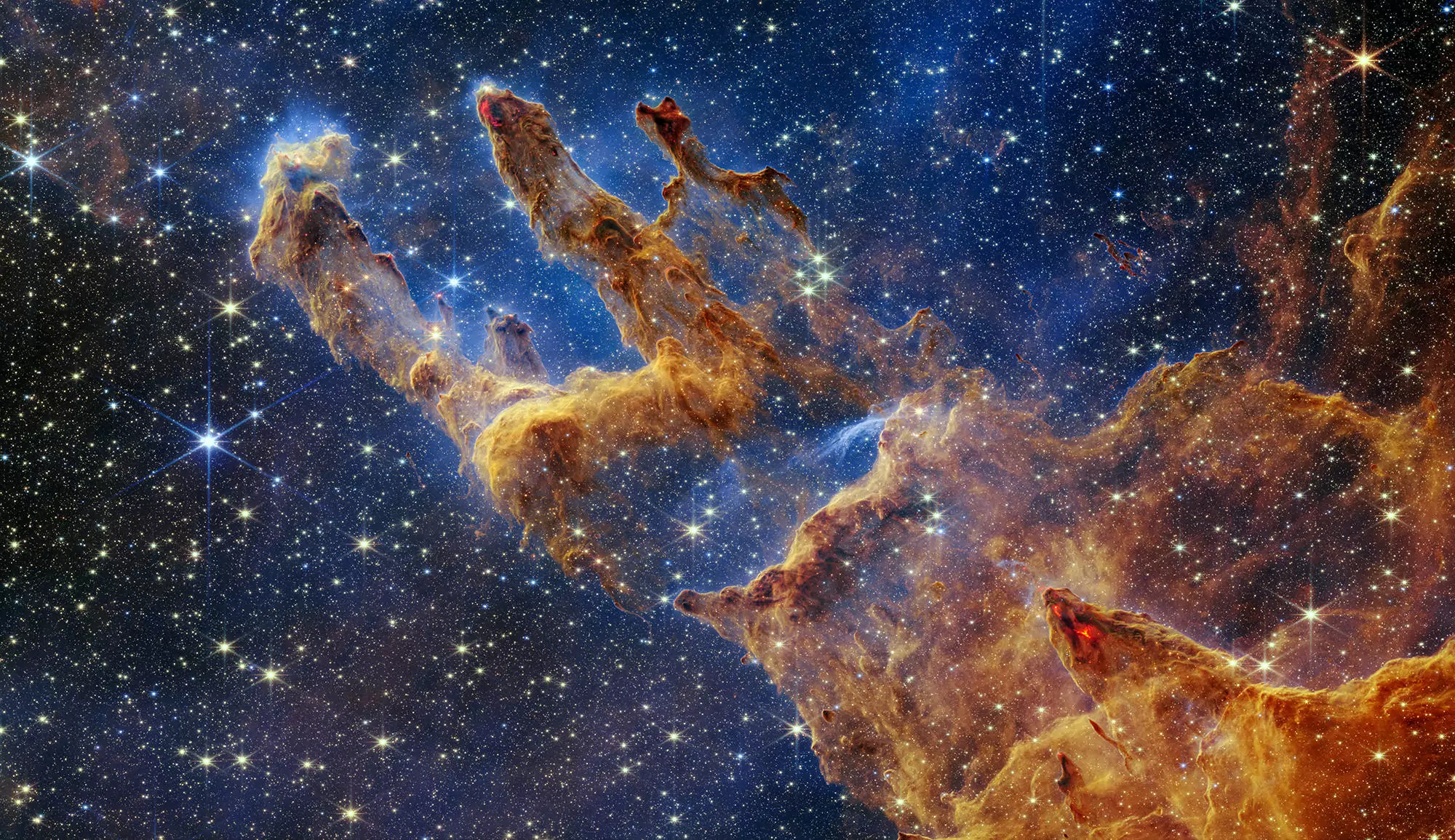Launched on 6 October 1990 from the American space shuttle Discovery, Ulysses is a joint ESA/NASA mission. Thanks to its unusual trajectory out of the ecliptic (using Jupiter gravitational assist), Ulysses is the unique probe having studied the solar wind on a wide range of latitudes (80° South to 80° North) around the Sun. Ulysses allows to map the heliosphere (the bubble of plasma blown by the solar wind) in four dimensions for more than a solar cycle. The main goal of Ulysses is to study the properties of the solar wind : a ionized gas mainly made of electrons and protons, ejected to a speed up to 800 km/s and more. This fast solar wind, coming from polar regions on the Sun, was rarely observed in the ecliptic plane and was never observed by a spacecraft out of the ecliptic plane. Ulysses has shown that this fast wind is present all over the solar cycle, and that during solar activity minimum it fills almost all the heliosphere.

Although its expected lifetime was only of 5 years, Ulysses is alive since 18 years and has made 3 polar passes over the Sun : in 1994-95 during solar minimum of activity ; in 2001 during solar maximum. Since February 2007, Ulysses has undertaken its third polar pass again near the solar minimum. Instruments on board have studied large-scale properties of the solar wind thirteen years later, under similar conditions, excepted that the direction of the Sun’s magnetic poles have been reversed : since 2001, the north magnetic pole is in the south and vice-versa.

Ulysses has seen unexpected changes in the fast solar wind. Observations are provided by the radio instrument URAP (Unified Radio And Plasma wave) on board, which measures waves with electric antennas connected to a sensitive radio receiver, fully built at the Observatoire de Paris. These observations give an accurate diagnostics of the solar wind, in particular the electron density and core temperature of the plasma. We find that the fast wind coming from high latitudes is now 20% less dense and 13% cooler than in 1994-95. This decrease is confirmed by other plasma sensors, whereas the interplanetary magnetic field has weakened by more than 35%. This excludes any instrumental effects due to the aging of Ulysses. The electron flux at 1 AU shows a decrease of 25% whereas the fast solar wind speed remained close to its usual value of 750 km/s.
This phenomena that are currently not understood, might be related to the 22-year solar cycle or to longer periods, due to fluctuations of the solar dynamo. Further investigations using solar observations should allow us to solve this enigma.

Reference
- Electron properties of high-speed solar wind from polar coronal holes obtained by Ulysses thermal noise spectroscopy : Not so dense, not so hot Issautier, K., Le Chat, G., Meyer-Vernet, N., Moncuquet, M., Hoang, S., MacDowall, R. J., McComas, D. J., Geophys. Res. Lett., Vol. 35, No. 19, L19101, doi:10.1029/2008GL034912, 2008
Contact
- Karine Issautier (Observatoire de Paris, LESIA et CNRS)
